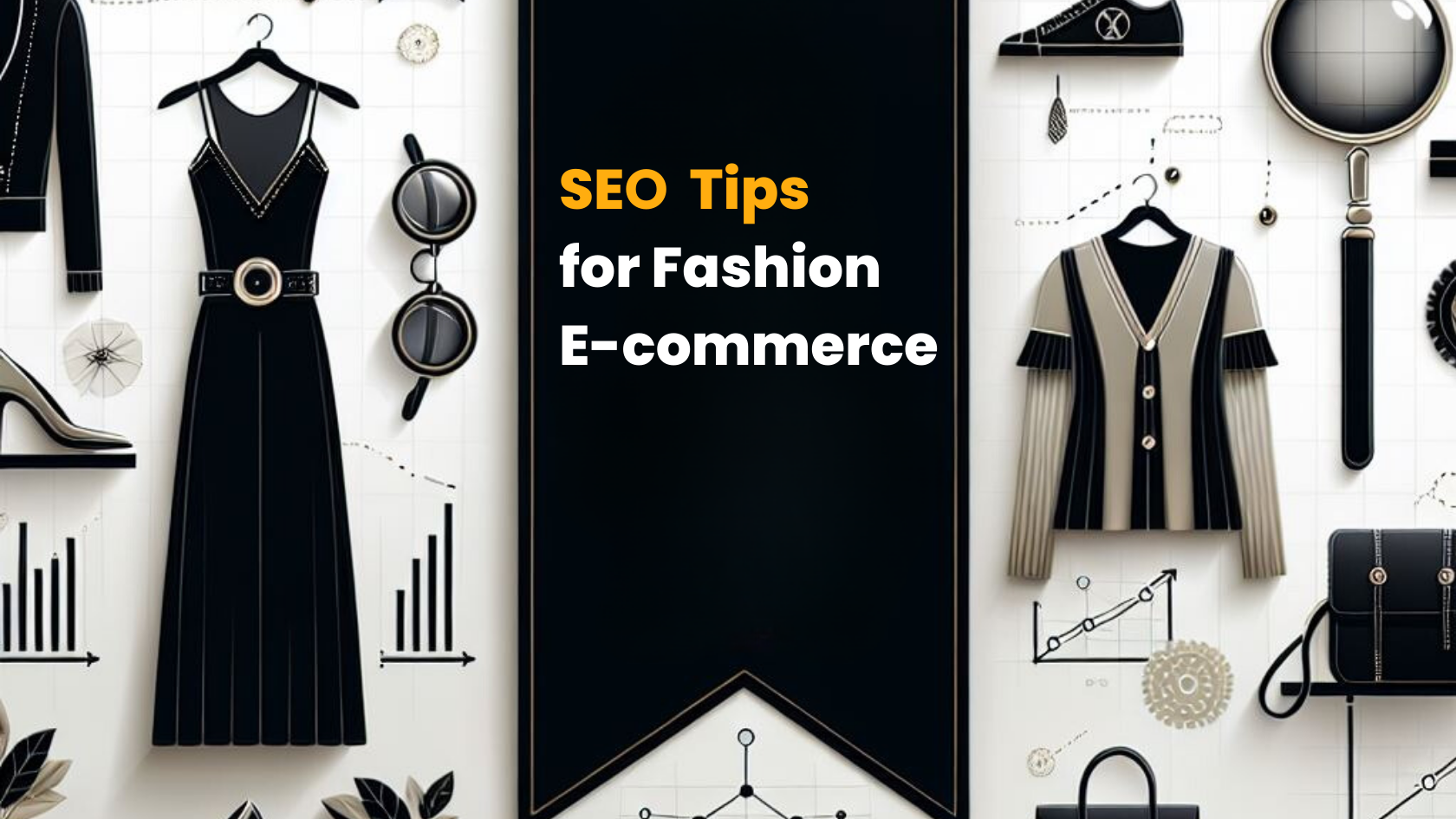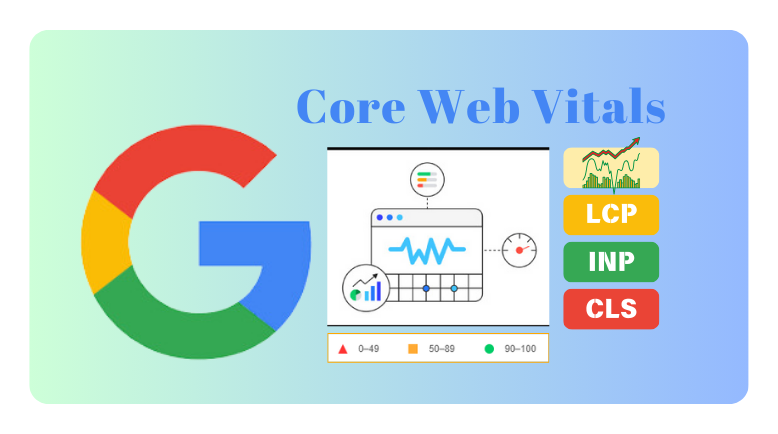In an era where more people are seeking health information and services online, having a robust digital presence has become a necessity. Healthcare providers can improve their search engine rankings through professional search engine optimization services.
In this blog we will discover how the implementation of healthcare SEO strategies can revolutionize the way providers attract and engage with patients.
What is Healthcare SEO?
Healthcare SEO is the technique of optimizing a healthcare website for visibility on search engines like Google. Key strategies include keyword optimization, local SEO, content marketing, and technical improvements to ensure compliance with search engine guidelines and patient needs.
Why is SEO Important for Your Healthcare Business?
SEO helps your healthcare business grow by making it easier for patients to find and trust you online. Infact, 7% of Google’s daily searches are related to health, this translates to about 70K health-related queries every minute — illustrating the need to rank well in search results. It helps you to:
It helps you to:
Show Up in Local Searches
When people look for a doctor or clinic nearby, local SEO puts your practice at the top, making sure they find you first.
Reach More Patients
A well-optimized website brings in new patients who need your services, turning online searches into real appointments.
Build Trust and Credibility
Your digital presence can build patient trust by focusing on high-quality reviews, professional content and intuitive website design before patients even arrive at your clinic or hospital.
Stay Ahead of the Competition
SEO may help you stand out in a competitive market by making your practice visible and memorable to potential patients.
Best Strategies for Optimizing Healthcare Websites
Keyword Research for Healthcare Websites
Keyword research identifies as the term potential patients use when searching for healthcare services. Integrating these keywords into website content helps improve search rankings and attract potential patients.
To draw in quality audience, start with keyword research using Google Keyword Planner, SEMrush, or Ahrefs. Seek out long-tail keywords that includes specific services and locations, e.g., “pediatrician in [city]” or “best cardiologist near me.”.
Another smart move? Check out your competitors’ approaches. Look for which keywords they’re ranking for and identify any gaps you can fill to gain an edge.
On-Page SEO Strategies
On-page SEO is about optimizing individual website pages for search engines. This involves enhancing your content, meta tags, and headers to raise visibility.
Optimizing Your Site:
- Utilize targeted keywords naturally in title tags, meta descriptions, headers.
- Use bullet points and short paragraphs to break up text and enhance readability.
- Implement schema markup so that search engines can better comprehend your services.
Technical SEO for Healthcare Websites
Technical SEO helps to optimize the backend of your website to increase performance and better the user experience. It also ensures crawlability and indexability of your website and ranks them as soon as possible.
How to Do It:
- Improve page load speeds by compressing images and minimizing code.
- Ensure your website is mobile-first indexing and accessible.
- Implement HTTPS for secure browsing and enhance trustworthiness.
Local SEO for Healthcare Providers
Local SEO maximizes your online presence to draw more patients from appropriate local searches. It’s essential for healthcare providers because patients tend to search for services nearby.
How to Do It:
- Claim and optimize your Google Business Profile with accurate information.
- Make sure your NAP (Name, Address, Phone Number) is the same throughout all of your online listings.
- Encourage satisfied patients to post positive reviews on Google and other sites.
Content Marketing for Healthcare SEO
Content marketing is creating informative, valuable content to attract and engage patients. Develop robust content marketing strategies to position yourself as a power in the healthcare industry.
How to Do It:
- Create a blog with postings on general health issues, treatment options, and wellness advice.
- Produce patient-focused content such as FAQs and instructional guides.
Social Media Integration
An excellent way to increase your visibility as well as build relationships with patients is to merge social media with your marketing efforts. It’s not just about posting—it’s about trust, engagement and community building.
How to Get the Most Out of Social Media:
- Publish health advice, patient success stories, and educational posts on Facebook and Instagram.
- Reply to messages and comments promptly to demonstrate that you care.
- Social media advertising can be used to promote particular services and get more traffic to your website.
- A professional social media marketing service can handle your social profiles and provide improved outcomes.
With the right approach, social media can turn followers into loyal patients while strengthening your online presence.
Measuring SEO Performance and Continuous Improvement
Monitoring SEO performance allows you to see what’s working and what’s not. Continuous monitoring allows for adjustments to keep your website competitive.
How to Do It:
- Use Google Analytics and Google Search Console to track website traffic, rankings, and user behavior.
- Monitor keyword performance and adjust content accordingly.
- Regularly update and optimize old content to keep it relevant and engaging.
SEO Myths in Healthcare
SEO is essential for healthcare providers, but misinformation often leads to missed opportunities. Let’s clear up some common myths:
Myth 1: SEO Is Not Necessary for Healthcare Websites
Reality: Patients use search engines to locate healthcare providers, medical information, and treatment options. An effective SEO strategy helps healthcare websites rank higher in search engines to attract the right audience.
Myth 2: Using Medical Jargon Improves SEO
Reality: Most patients use layman’s terms when searching for healthcare services. Content should be simple, clear, and optimized for patient-friendly keywords.
Myth 3: More Keywords Mean Better Rankings
Reality: Keyword stuffing can harm rankings. Google prioritizes high-quality, user-friendly content over excessive keyword usage.
Myth 4: Local SEO Doesn’t Matter for Healthcare
Reality: Patients search for nearby doctors, clinics, and hospitals. Optimizing for local SEO (Google Business Profile, local keywords, and patient reviews) improves visibility.
Myth 5. Multiple Posting of Content Will Do for SEO
Reality: Quality beats quantity. Thoughtfully researched and authoritative content, with proper SEO practices will rank higher than low-quality multiple posts.
Myth 6: Patient Reviews Don’t Influence SEO
Reality: Online patient reviews enhance local SEO positions. Search engines look at online reviews as a trust indicator.
Myth 7: SEO is a One-Time Effort
Reality: SEO needs continuous updating. Google’s algorithms constantly evolve, and having high rankings entails continuously optimizing your website, adding fresh content, and refining strategies.
Unique Challenges of Healthcare SEO Strategy
Healthcare SEO is more complex than traditional SEO due to strict regulations, patient trust factors, and more. Below are the key challenges and how to overcome them:
- Compliance with Healthcare Regulations (HIPAA & GDPR)
Websites must comply with HIPAA (U.S.) and GDPR (Europe) standards to secure patient information. Disclosure of sensitive health data in reviews or testimonials may cause legal problems.
Solution: Use SSL encryption, anonymize patient details, and ensure secure website communication.
- Google’s E-E-A-T and Medical Misinformation
Websites for healthcare come under Your Money or Your Life (YMYL) and need high Experience, Expertise, Authoritativeness, and Trustworthiness (E-E-A-T). Low-authority content or misinformation can result in ranking penalties.
Solution: Post content created or edited by healthcare professionals, quote credible sources, and have a strong About Us page.
- High Competition in the Healthcare Industry
Telemedicine services, medical chains, and big hospitals control search results. Therefore, local practitioners are unable to rank against national brands.
Solution: Prioritize local SEO, which involves strategies like optimizing Google Business Profile (GBP), target niche, and long-tail keywords.
- Slow Website Speed Due to Heavy Content
Medical websites often have large images, detailed pages, and patient portals, causing slow loading times.
Solution: Compress images, use a content delivery network (CDN), and enable caching.
- Voice Search Optimization for Healthcare Queries
Many patients use voice assistants to search for symptoms or doctors.
Solution: Optimize for conversational, long-tail queries (e.g., “Where can I find a cardiologist near me?”).
- Algorithm Updates and SEO Volatility
Google frequently updates its algorithm, impacting search rankings. This can lead to sudden ranking drops, affecting patient acquisition and website traffic.
Solution: Stay updated on Google algorithm changes, conduct regular SEO audits, and adapt strategies accordingly.
By implementing these solutions, healthcare organizations can strengthen their online presence, stay ahead of competitors, and ensure they provide valuable, accessible information to potential patients.
Conclusion
To wrap up, SEO is critical to enhancing online visibility for healthcare providers to help attract patients. Through keyword research, local search engine optimization (SEO), or content marketing providers can improve their ranking. By continuously monitoring and adapting algorithm changes, healthcare professionals can establish powers of trust and credibility, ultimately increasing appointments. Additionally, overcoming challenges and avoiding the typical SEO myths will enhance your SEO efforts.
Don’t let potential patients slip away. Connect with us today, and let’s enhance your online presence together!
FAQ




 Reduce Image & Video Sizes: Implement WebP formats and utilize advanced compression technologies.
Reduce Image & Video Sizes: Implement WebP formats and utilize advanced compression technologies.